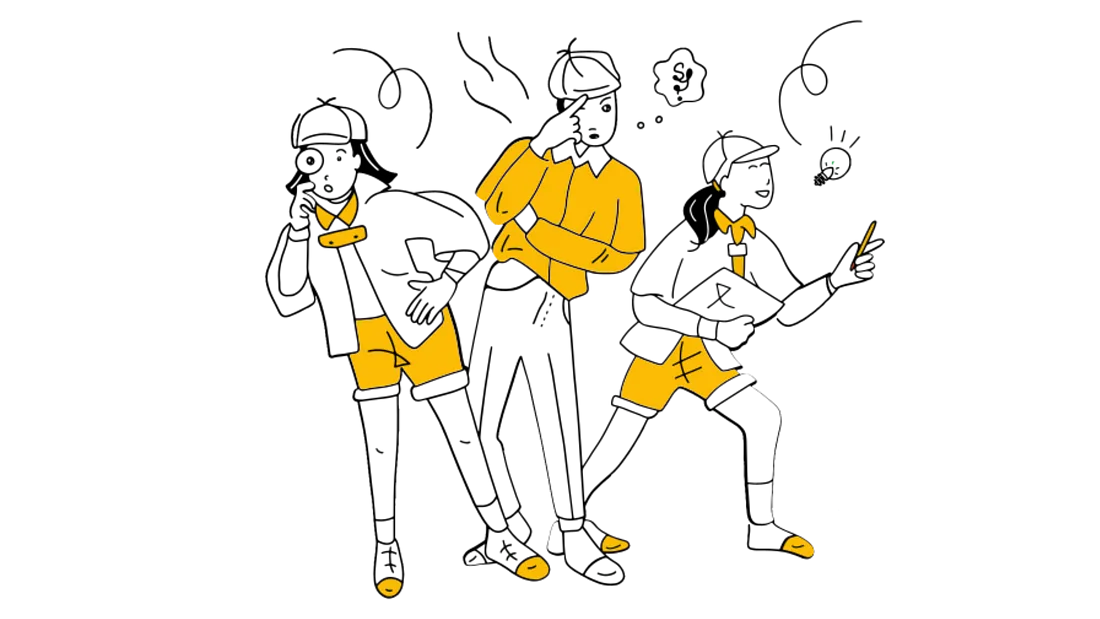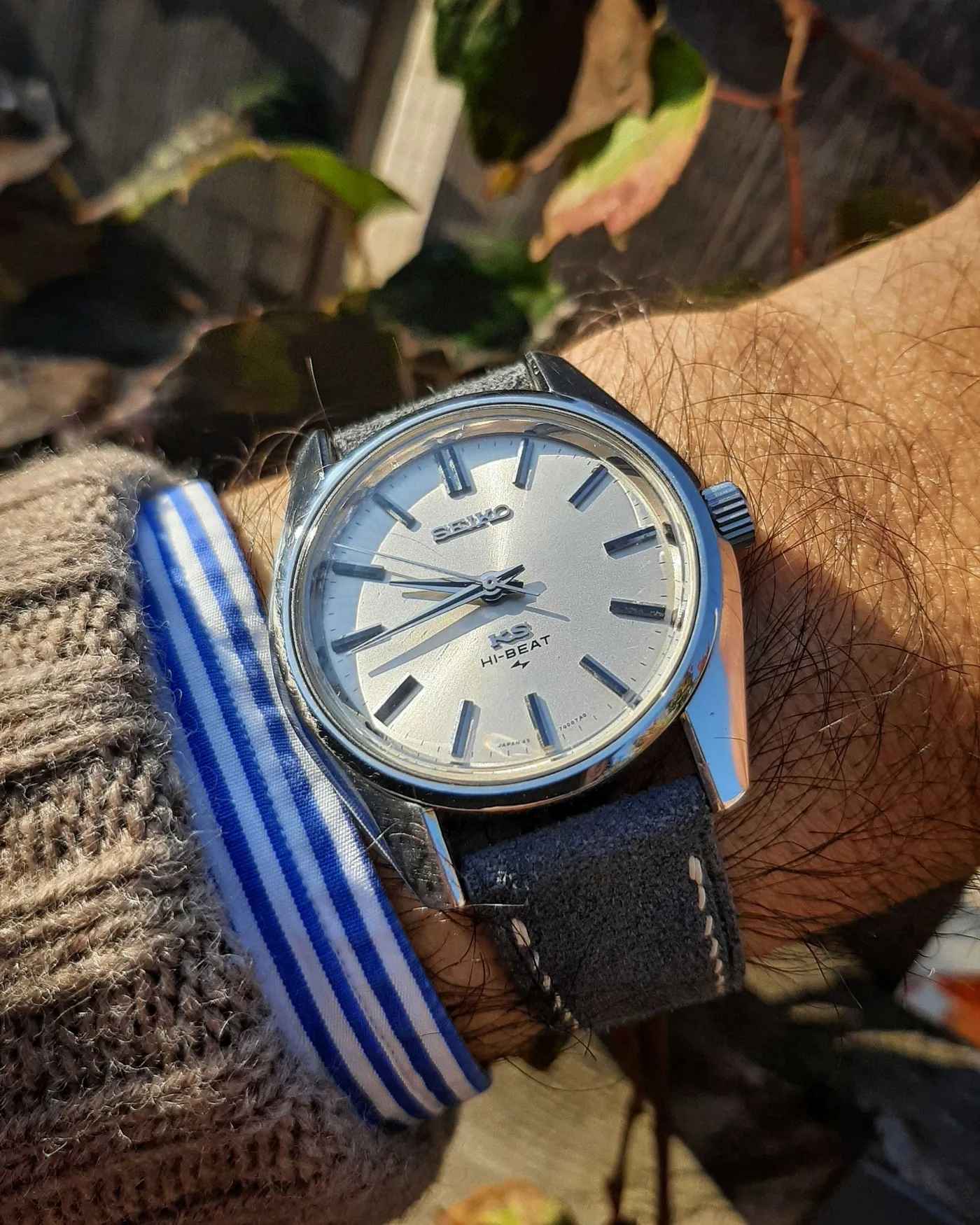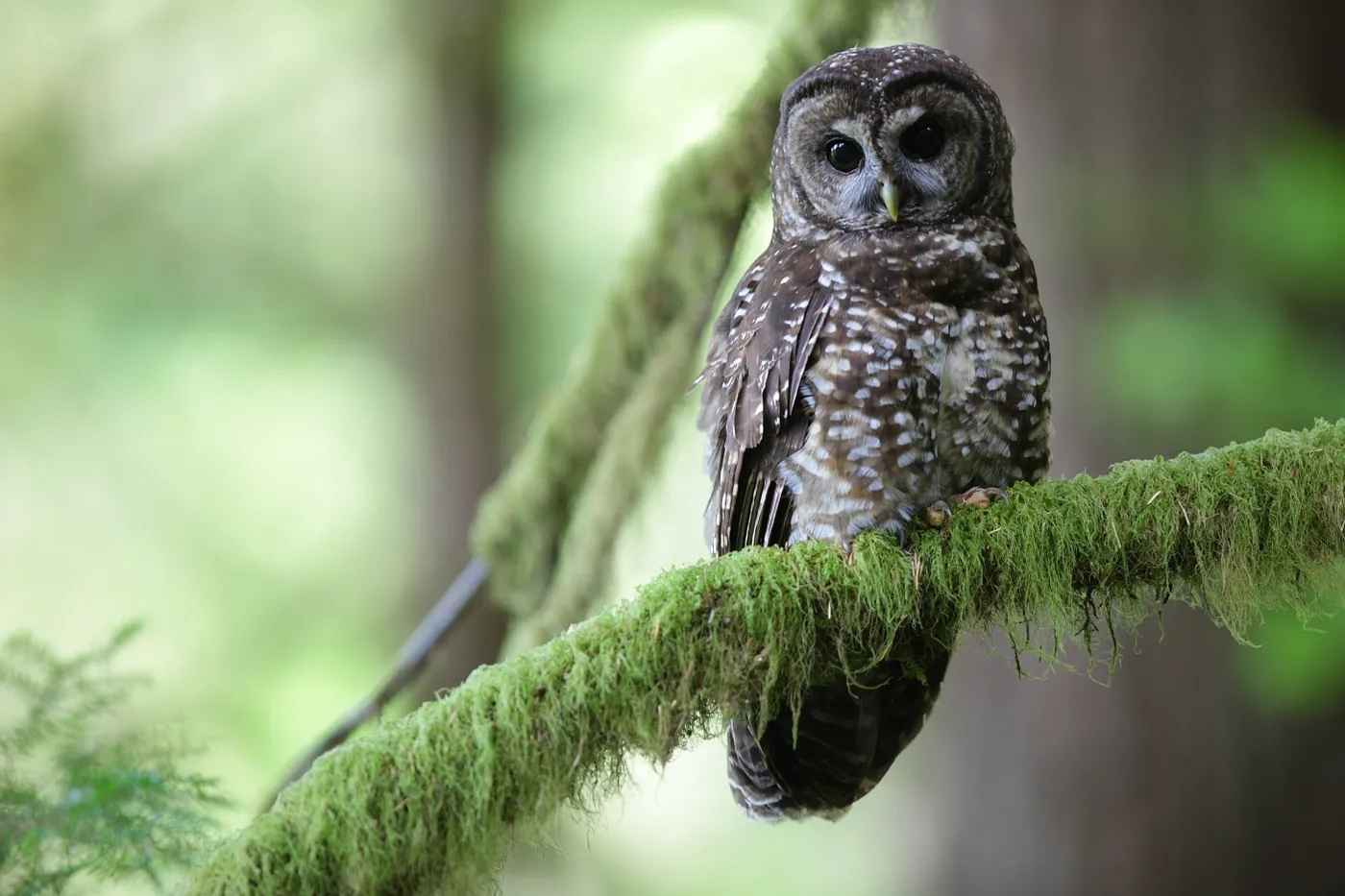How to sneak your passions into the brand stories you tell

Finding stories that align with our client’s brand values is one of the most important aspects of our jobs as podcast producers at Pacific Content.
Take, for instance, one of our longest-running podcasts — Choiceology.
It’s a show Pacific Content makes for Charles Schwab that aims to help people make better decisions in their everyday lives. The podcast does this by pairing real-life stories with experts to illustrate behavioral science lessons in a relatable way.
Finding stories that fit these behavioral science concepts is one of the most challenging aspects of making the podcast — I discovered this when I joined the Choiceology production team this year. Yet one of my job’s delights is finding the perfect behavioural science story in an unexpected place, like in professional wrestling.
But imagine a scenario where you could produce an episode about something you’re already passionate about. For instance, I love everything about whales and spent years covering whale conservation issues as a reporter. What if I could make a podcast episode about whales?
Sounds ideal, right? But how? And how can I make sure it would actually be good for not just me, but also the client?
I asked my colleague, longtime showrunner and audio storyteller, Pedro Mendes, for some advice. He has a knack for sneaking his passions — everything from high-end watches to toy cars — into shows.
“The tricky bit is thinking deeply and carefully about why does this matter to anybody else — not just why it might matter to you,” he said.
Once you find the answer, it can mean great things for both you and the client.
Here are some examples from the team here at Pacific Content:
- Executive Producer Dominic Girard loves motorcycles, so he produced this episode for Home. Made. about a woman who had to choose between her faith-based community and her home on the road.
- Producer Marshall Whitsed loves hiking, so he produced this episode for Tell Me What Happened about a woman who hiked the infamous Pacific Crest Trail and survived.
Sometimes the best stories come from your own hobbies and interests — because you’re already convinced that it’s interesting, Pedro told me. All you have to do is show the client why it’s also the right story for them.
Let me explain.
One of Teamistry’s episodes last season was about Seiko. Pedro has been following the watch company for years — he was wearing one of their watches when I spoke with him — and it’s no coincidence that the watchmaker ended up being the focus of one of the podcast’s episodes.
The episode tells the story of how Seiko went from being a little-known watchmaker in Japan to a world-renown brand by harnessing the benefits of a friendly rivalry between two of its factories.
Pedro was already familiar with the story since he was a fan of Seiko. When the team at Atlassian told him they wanted a season about how multiple teams could work together, it reminded him of Seiko’s unique journey to success.
He brought it up at the next meeting.
“I honestly was not pitching it as a story idea. I was pitching it to them as a framework — like, is this the kind of thing you’re looking for?”
But the client wanted an episode on it anyway.
“Because I knew the story really well and I was passionate about it, that convinced them,” said Pedro.

Thanks to Pedro’s dedication to the story, the Teamistry episode, called “Seiko’s Duelling Factories,” actually revealed some aspects of Seiko’s watch-development strategy that were previously unreported.
“No one had bothered asking them before,” said Pedro.
“I went way deeper than I necessarily would have gone if it wasn’t a passion because I wanted to know these things — it meant something to me.”
And the benefits didn’t stop there.
After the episode was published, Pedro decided to co-write a separate blog post about the topic with Seiko historian David Flett for the watch blog Beyond The Dial, where he linked to the Teamistry podcast episode. That led to a guest appearance on Hodinkee radio, a media outlet in the watch world with a significant following. Naturally, he mentioned the Teamistry podcast there too.
The episode Pedro made about Seiko essentially generated earned media elsewhere for Atlassian.
“It ended up just bringing a whole new audience to the show and awareness. Just because I was interested,” he said.
But sneaking your passion into a branded project doesn’t have to mean creating earned media for the client. Small wins can spark joy too.
Choiceology showrunner Andy Sheppard and I had been wracking our brains to find a story for an episode about non-proportional thinking. I won’t go into exactly what non-proportional thinking is but, basically, it’s about fractions — my least favourite chapter in math class.
I knew I was in trouble. How could we make this behavioural concept interesting?
After several discouraging brainstorming sessions, I started to flounder. Finding a story for this episode was feeling more like a chore rather than a joy.
So I thought, if I had to think about fractions at work, I might as well find a way to make it fun. I decided to look in the world of wildlife conservation — a place that, while not whale-specific, still holds a soft spot in my heart.

There, I found a story about the northern spotted owl that fit the episode’s needs perfectly. It’s about how thinking about owl populations in percentages rather than absolute numbers helps researchers make difficult wildlife management decisions.
The episode will be out Monday, May 9, 2022. Here’s a sneak peek.
That week, work felt a little less like work and more like an indulgence. Plus, the client was happy with the story idea. Win. Win.
So here is what I’ve learned:
If you’re a podcast producer looking for story ideas, search through your own hobbies and passions.
If you’re a brand working with a production company to make a podcast, ask the production team — what are your interests? What do you want to tell stories about?
You never know, you might find a fantastic story that aligns with those all-important brand values.
Meanwhile, Pedro says he has yet to find a way to make an entire podcast season about one of his passions — but he’s working on it.
“Part of me does worry sometimes,” he said.
“Am I being a little bit selfish? Am I not considering the client’s needs enough?”
It doesn’t have to either or, he said.
“I still believe that if focusing on a passion means you can tell a story better, then that’s to the client’s benefit.”
So… any brands out there interested in a story pitch about whales?
Ping me.
Sign up for the Pacific Content Newsletter: audio strategy, analysis, and insight in your inbox.
